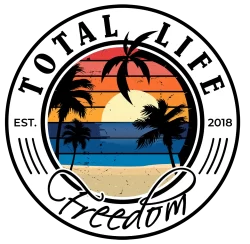There’s a bunch of research about getting someone to say yes to something. It typically takes 6 times longer, or more effort, to say yes to something than it does no. It’s one thing to see it on paper, it’s something different when you see it for real. So what’s yours or your agencies threshold from moving from no to yes? It’s time for saying yest to change.
Imagine you are a company that makes widgets and I come to you with the following proposal. You are about to buy a $10M piece of equipment. I show you a way to get the same thing for $9M by changing your purchasing approach. It takes less time, is perfectly legal, is accepted practice in almost every state (including yours), it follows your companies contracting practices, but the circumstances are unique so it doesn’t happen very often.
I forgot to mention it will save an additional $300,000 annually at one of your subsidiaries. That’s not including planned expansion over the next 5 years, which will have further compounding savings for other subsidiaries. The only thing that was missing on the deal was frequent flyer miles. And yes this is a real scenario, I’ve just modified the story to protect the unenlightened. Can you guess the outcome?
The System Must Survive
It’s amazing the pushback you will get when you challenge “the system”. This applies not only to the corporate world but individually in our own lives. Ultimately that’s where the problem is anyways. How long into someone’s career or life, do they stop feeling comfortable taking risks and making decisions. Ask a 5 year old if he can fly and he will probably try to show you. Ask a 45 year old to give up cigarettes, or suggest a new idea at work, or approve a contract that is done differently than you usually do thing and there will be some reason that it doesn’t happen.
As a five year old we gave ourselves permission to take risks. We probably didn’t even look at it that way. Years of being told no, rules and regulations and we stop thinking outside the lines, not to mention coloring outside of them. We defer decisions to those in power, but in reality, they need us to say yes at every level. Twenty years ago, Kodak was the powerhouse in the photographic world. Now they are bankrupt largely because they didn’t embrace technology that they actually invented.
Saying Yes to Change in the Digital Age
A similar story played out in the Swiss watch community 40 years ago. They didn’t see the future of quartz and a whole industry essentially died. 20 years ago I was part of a panel looking at the future of the Post Office. They knew that email, health care, and FedEx/UPS were going to reduce demand to the point of collapse.
In 1993 there was a plan to transform the Post Office into a regional government service center. Basically on a rotating basis you would have access to state department, agriculture, IRS, immigration, etc. without having to go to a major city. And for people without internet access they would be able to do things online. Like many things that make sense, it was tossed in a pile and forgotten. People held onto the processes and procedures that they knew well and didn’t challenge the status quo. It’s these types of decisions, or lack there of, that continue to hold us back.
If you don’t find yourself saying yest to change very often, maybe it is time.

